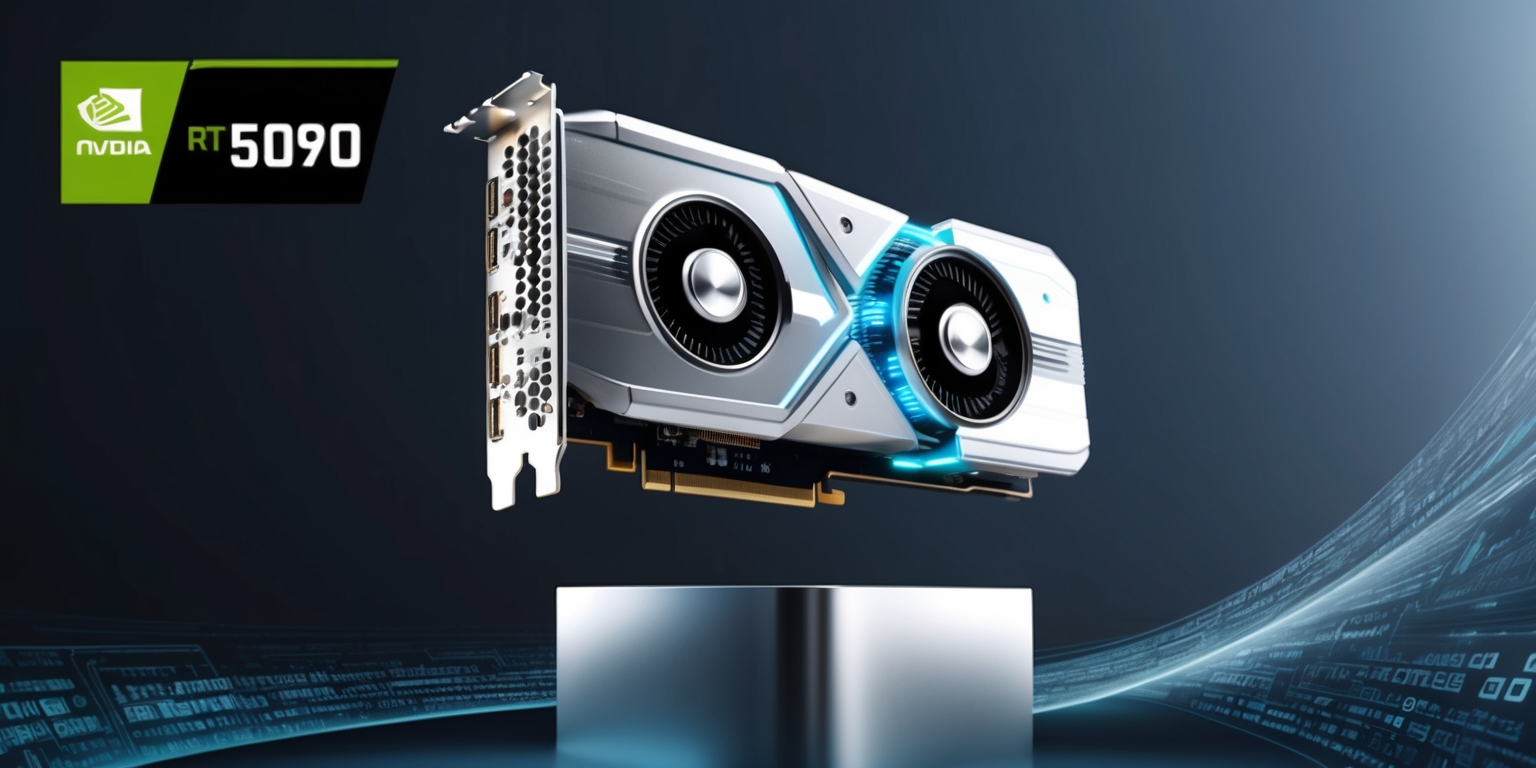Nvidia Unveils RTX 5090: A Revolutionary Leap in Graphics Power and AI Integration
10 Jan, 2025

The anticipated launch of the RTX 5090 is stirring a blend of enthusiasm and concern among tech enthusiasts due to its hefty price tag and advanced features. Scheduled for launch on January 30th, this new graphics card will come in at around $2,000, which translates to more than €2,200. Unfortunately, limited availability of Nvidia's Founder Edition cards means that third-party options could exceed €2,500.
The RTX 5090 is designed with the latest AI and neural technology. Nvidia's innovative Blackwell engine empowers this graphics card, catering to gamers, developers, and creatives alike. This new engine integrates AI-driven neural rendering with ray tracing, marking a significant advancement in computer graphics, reportedly the most remarkable since the introduction of programmable shading a quarter-century ago.
With a staggering 92 billion transistors, the RTX 5090 boasts an impressive capacity of over 3,352 trillion AI operations per second. Nvidia shares a plethora of performance metrics to illustrate these capabilities, although independent verification of such numbers remains crucial as with any technological advancement.
So, what can you anticipate from this formidable force?? A substantial increase in performance thanks to 32GB of VRAM, along with the ability to fully leverage your PCIe 5.0 slot. Additionally, it incorporates DLSS 4 with multi-frame generation, allowing the creation of three frames simultaneously rather than just one, resulting in significantly improved frames per second. With transformer-based DLSS Ray Reconstruction and enhanced Super Resolution, benefits include reduced ghosting, better anti-aliasing, and greater stability. Although 75 games will benefit from this technology at launch, it's important to note that DLSS 4 is not compatible with RTX 40 Series cards or older models.
The specifications are available for review in the accompanying image. Furthermore, Nvidia appears to be reverting to a two-slot design for the RTX 5090. Despite the soaring costs of this particular model, more affordable cards seem to be less impacted by price surges.
AI now plays a crucial role within the programmable shaders, supported by the new RTX Neural Shaders system, which promises to deliver graphics of film-quality. There is also a dedicated system designed for facial rendering, enhancing realism in visual displays.







